Hot Chips 31 Live Blogs: Intel Optane
by Dr. Ian Cutress on August 19, 2019 2:55 PM EST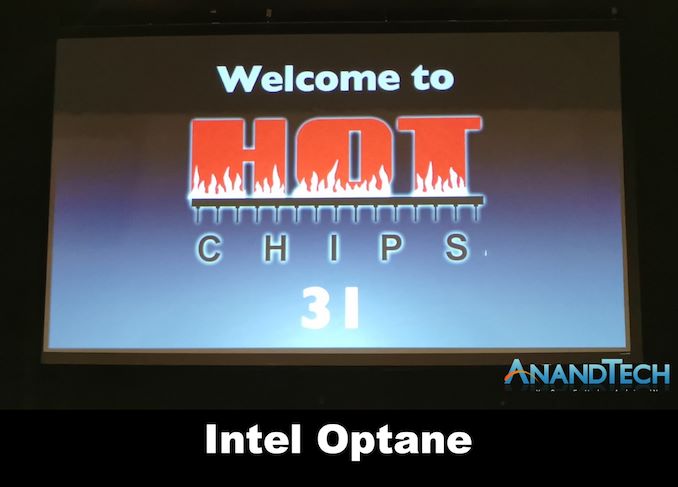
02:55PM EDT - This year at Hot Chips, Intel is presenting the latest updates to its Optane PCDMM strategy.
02:57PM EDT - Intel Optane DC Persistent Memory
02:57PM EDT - The memory-storage gap slide where Optane goes
02:57PM EDT - Oh wow, they've made the same mistake again. This machine doesn't have the Intel font so everything looks off
02:59PM EDT - SSD like capacity to DRAM
03:00PM EDT - We've heard the architecture of Optane before - crosspoint structure, non-voatile, bit-alterable, up to 512GB in first generation
03:00PM EDT - Designed to scale in layers
03:02PM EDT - DRAM module architecture
03:03PM EDT - Sorry the picture is bad, click through for full resolution
03:03PM EDT - Onboard Optane controller with firmware and integrated PMIC
03:04PM EDT - Built in ECC
03:05PM EDT - Two modes, Storage mode or Memory mode
03:05PM EDT - Asyncronous DRAM refresh - power fail protected failure
03:07PM EDT - In memory mode, DRAM is used as a write-back cache and treated like a near memory. Optane is far memory.
03:07PM EDT - Software/App Direct Mode shows the Optane as a storage
03:08PM EDT - Support for DMA and RDMA, cache coherent, byte-addressable, in-place persistance
03:08PM EDT - Now Performance
03:08PM EDT - Latency vs SSD
03:09PM EDT - 100 microseconds for normal SSD vs Optane SSD (10 microseconds) vs Optane DCPMM (0.2 microseconds)
03:09PM EDT - 180 microseconds vs 70 on DRAM
03:10PM EDT - This is a R/W mix of traffic
03:10PM EDT - Read idle latency peaks at 340ns
03:11PM EDT - Memory Mode transaction flow between CPU and DCPMM vs standard
03:11PM EDT - DRAM cache hit vs cache miss
03:12PM EDT - transparent to software
03:13PM EDT - Bandwidth is near DRAM, as you miss there is some degredation
03:14PM EDT - A lot of workloads doesn't require full bandwidth all the time
03:14PM EDT - Up to 6TB in dual socket
03:15PM EDT - Enables consolidation with larger memory per server
03:15PM EDT - Increases virtualized capacity based on memory
03:16PM EDT - Redis examples show under 1ms SLA quality even with max VMs in 6TB setup
03:17PM EDT - App Direct Mode
03:18PM EDT - To take full advantage App Direct, requires software adjustments
03:19PM EDT - In Redis and enabling logging, Moving Value section to App Direct Optane reduces DRAM use and optimizes logging by 2.27x
03:21PM EDT - Q&A time
03:24PM EDT - Q: Spare capacity? There is spare capacity and wear levelling across all chips
03:25PM EDT - Q: Can you bring the Optane on package with CPU? A: It's possible, but not today
03:28PM EDT - Q: Why is 64B a slower latency than 256B? A: Our buffers are based on 256B, so on 64B reads you get buffering which increases latency. If you run at 256B, you get additional benefits from our buffer sizes
03:28PM EDT - That's a wrap. Time for lunch. The next live blog is on MLperf at 3:15pm PT.


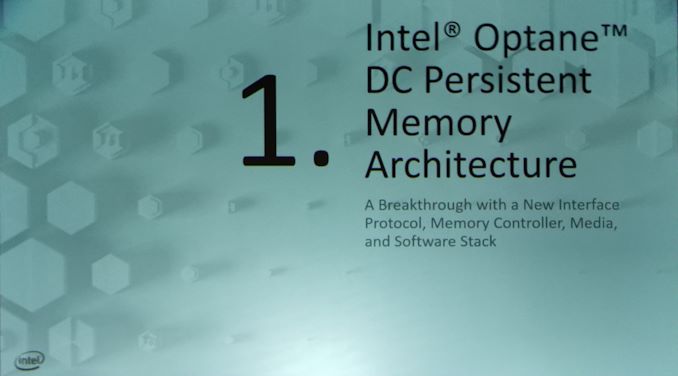

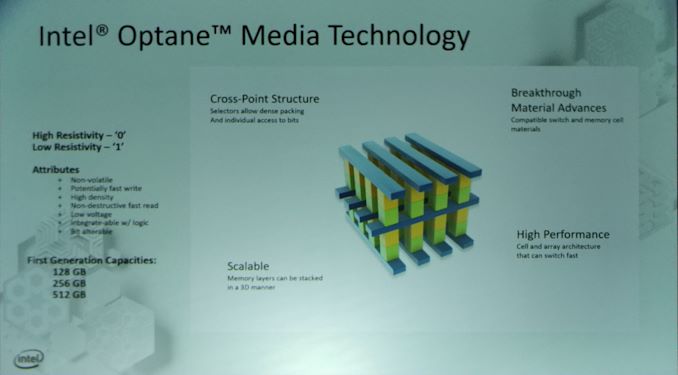

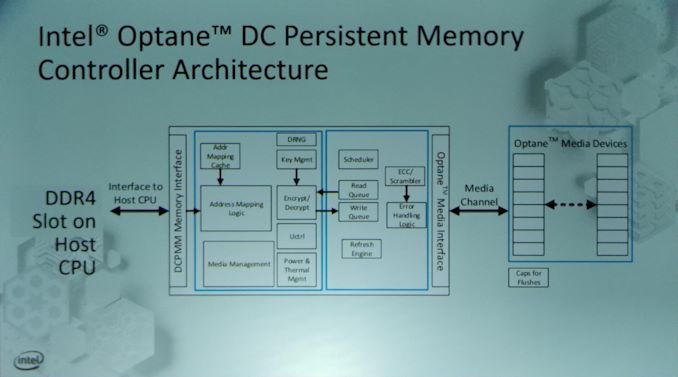
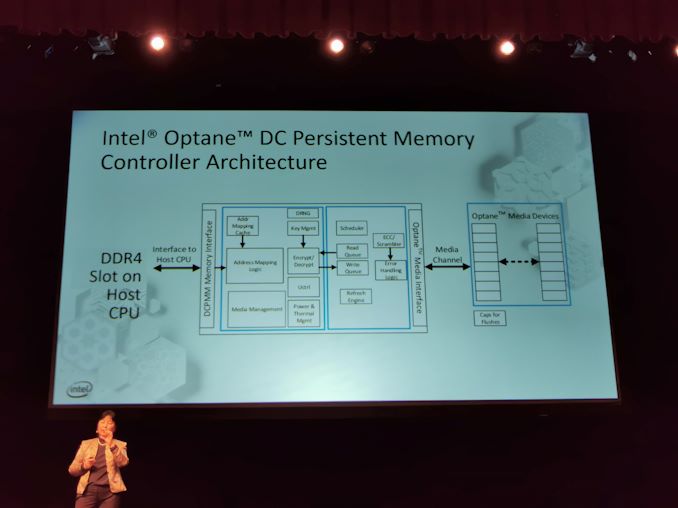
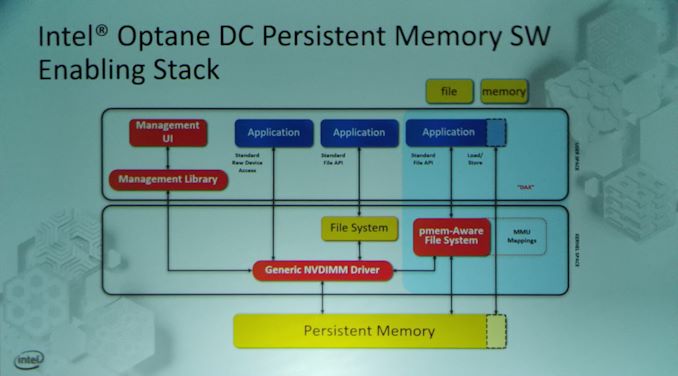
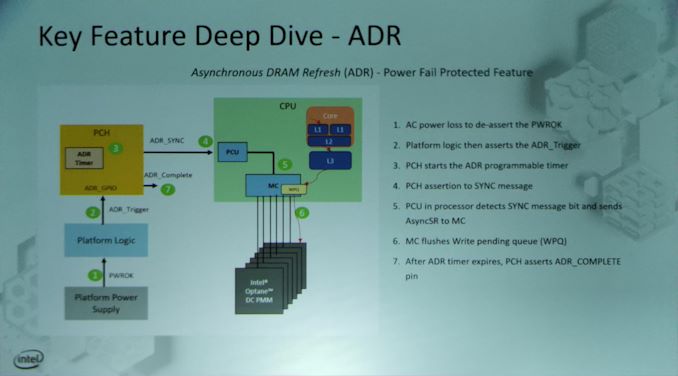
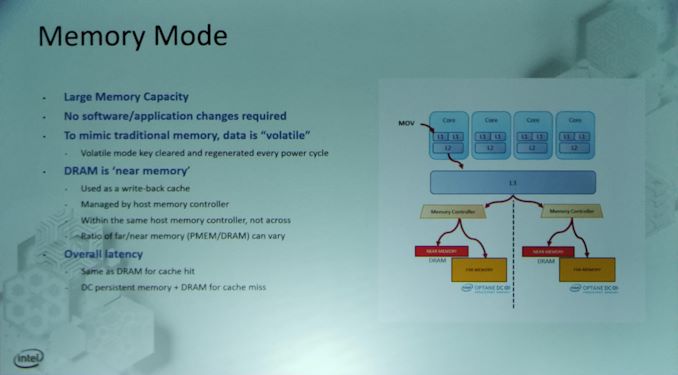
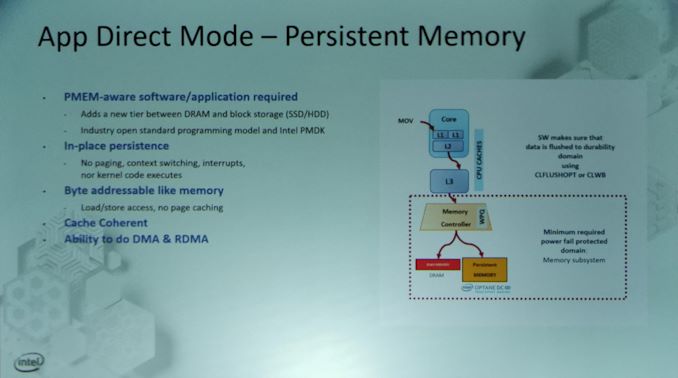
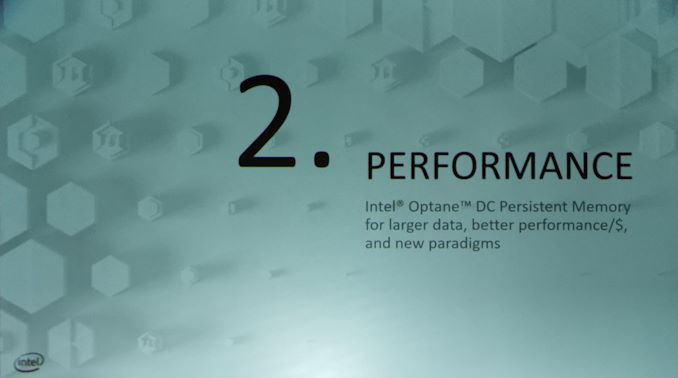

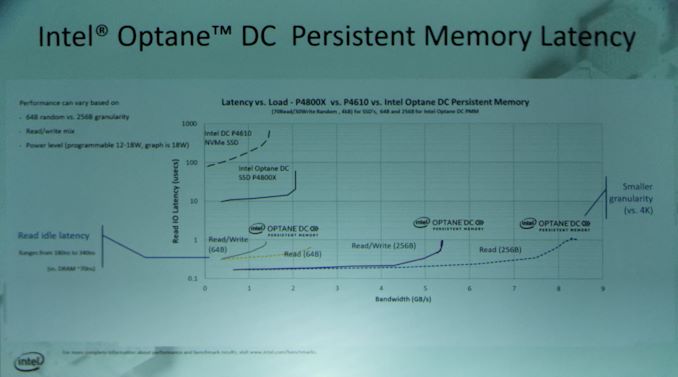
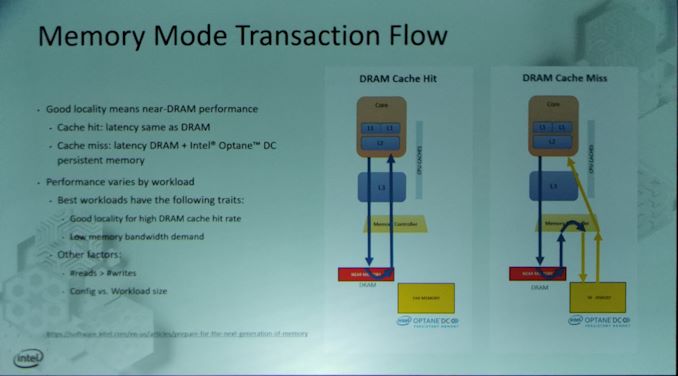
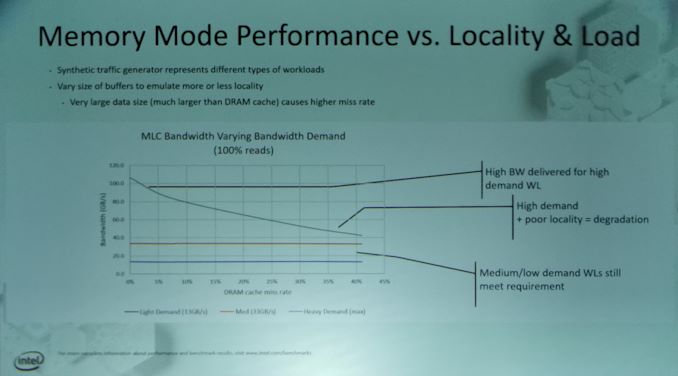
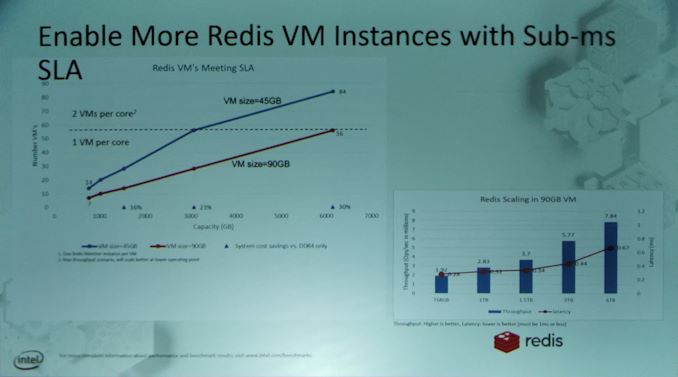

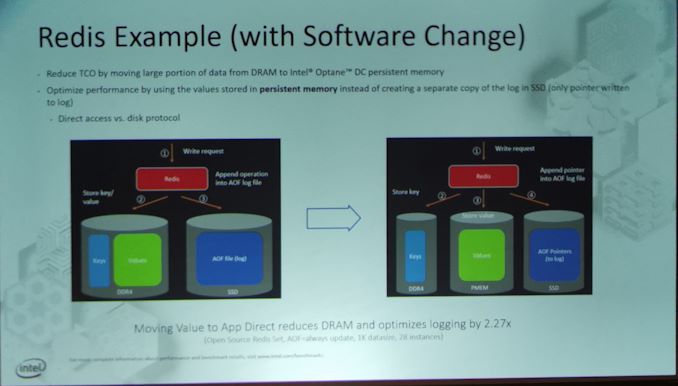
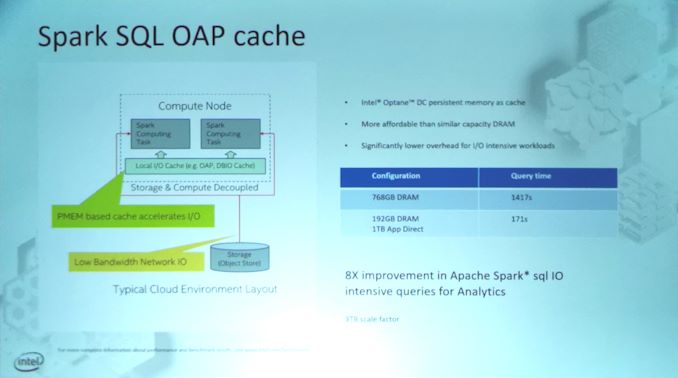
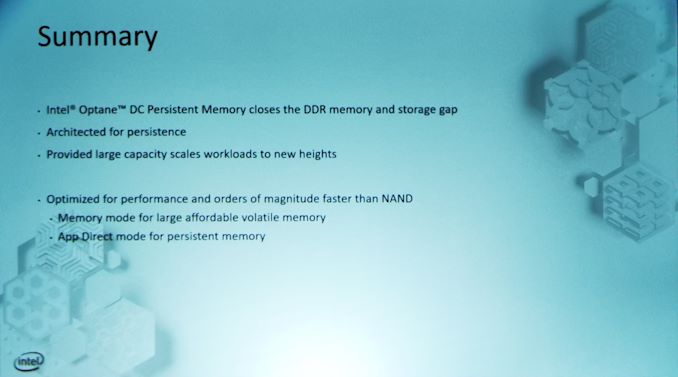








21 Comments
View All Comments
azfacea - Monday, August 19, 2019 - link
z-ssd is not any where close to 100 microsecond. they've also revised down density and wear and tear claims big time.even then walking it back 2x after 4 years is hardly impressive
Phynaz - Monday, August 19, 2019 - link
You write a lot, yet provide no supporting evidence.azfacea - Monday, August 19, 2019 - link
"You write a lot" yea if you don't like that fuck off. you are in the wrong place not me.might be too hard to comprehend for you but its called online comments where ppl "commnet".
Korguz - Monday, August 19, 2019 - link
azfacea, just ignore Phynaz, he doesn't provide proof of anything he says HIMSELF, and then just insult and call people names, when he gets call out on it, or gets asked for proofname99 - Wednesday, August 21, 2019 - link
Samsung says Z-SSD is 20usec, and no-one has disagreed with that:https://www.samsung.com/semiconductor/ssd/z-ssd/
johannesburgel - Monday, August 19, 2019 - link
I must have sat through about ten Intel NDA briefings in the last four years and 3D Xpoint/Optane was always the most boring topic. A solution in search for the right problem. By now I just tune out when it comes up. And I also don't know anybody else who would care.remosito - Wednesday, August 21, 2019 - link
DB Server guy here. Care a lot.name99 - Wednesday, August 21, 2019 - link
For what purpose?Larger transient address space (so basically like a very fast VM)?
Or persistence? And if persistence, to bypass file abstraction latency? Or something else? Ie what’s the win over Optane nvme?
name99 - Wednesday, August 21, 2019 - link
Intel thinks Optane SSD is slower than flash? (2nd slide)WTF? The marketing machine really is off the rails now...
name99 - Wednesday, August 21, 2019 - link
Oops, my badIt’s not Optane that’s worse than generic SSD, it’s just Intel 3D NAND.
OK, then...